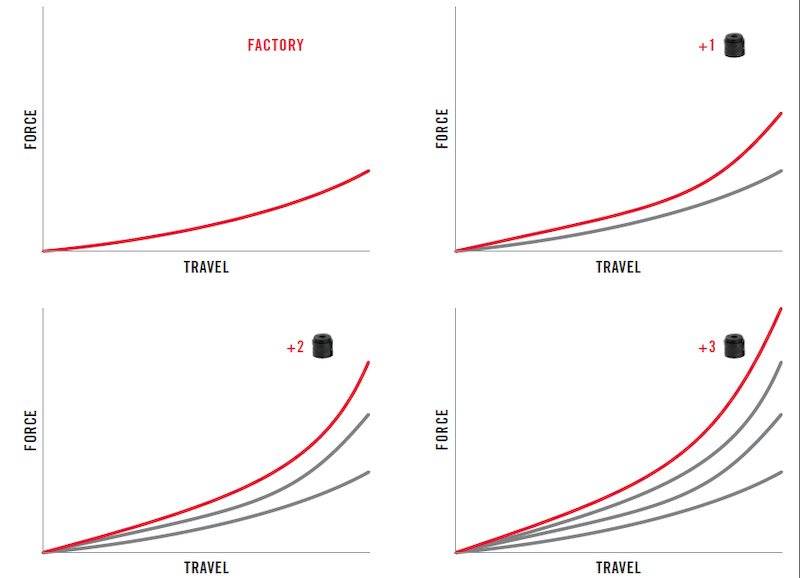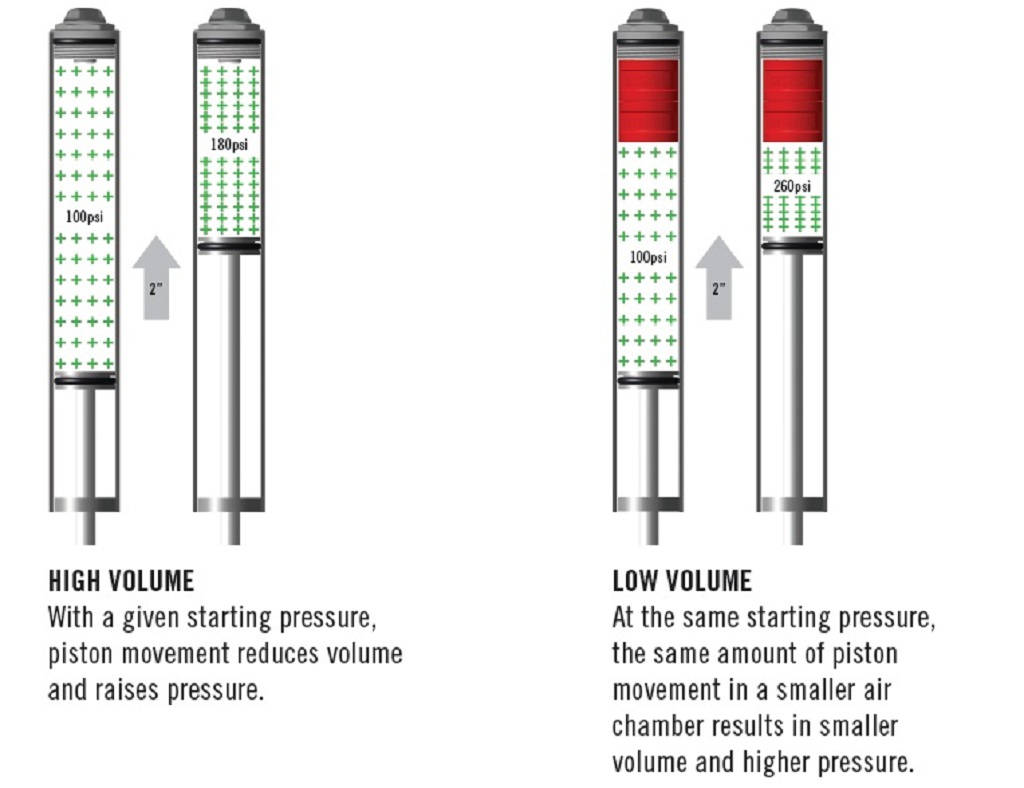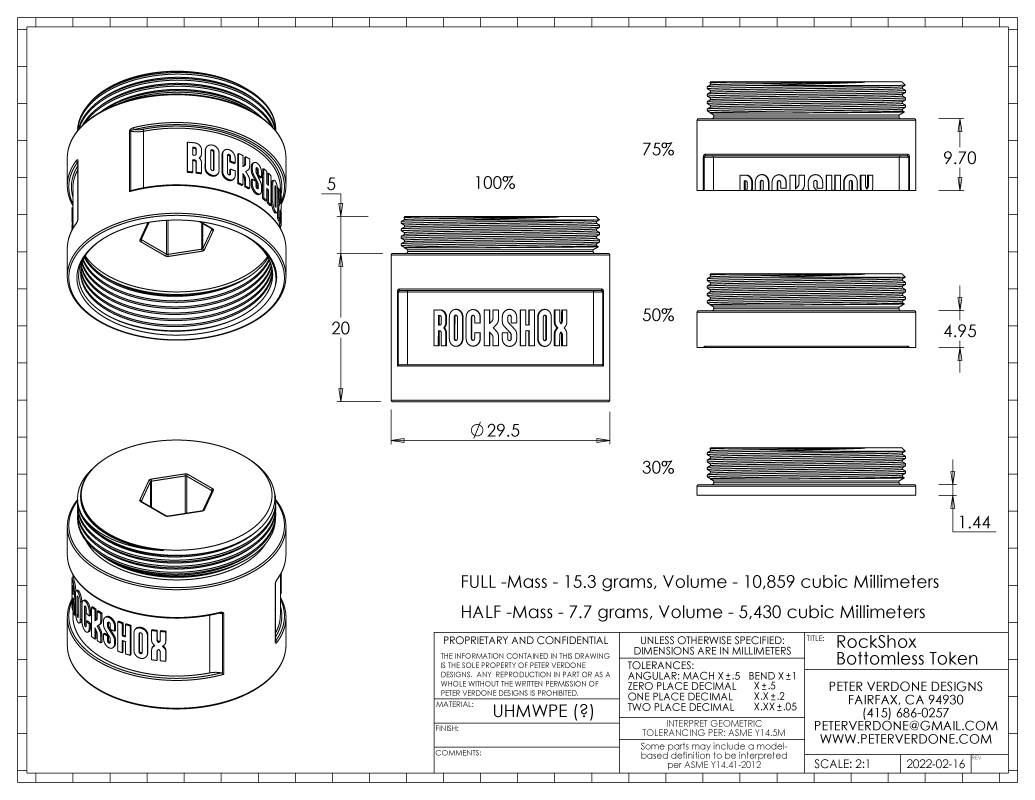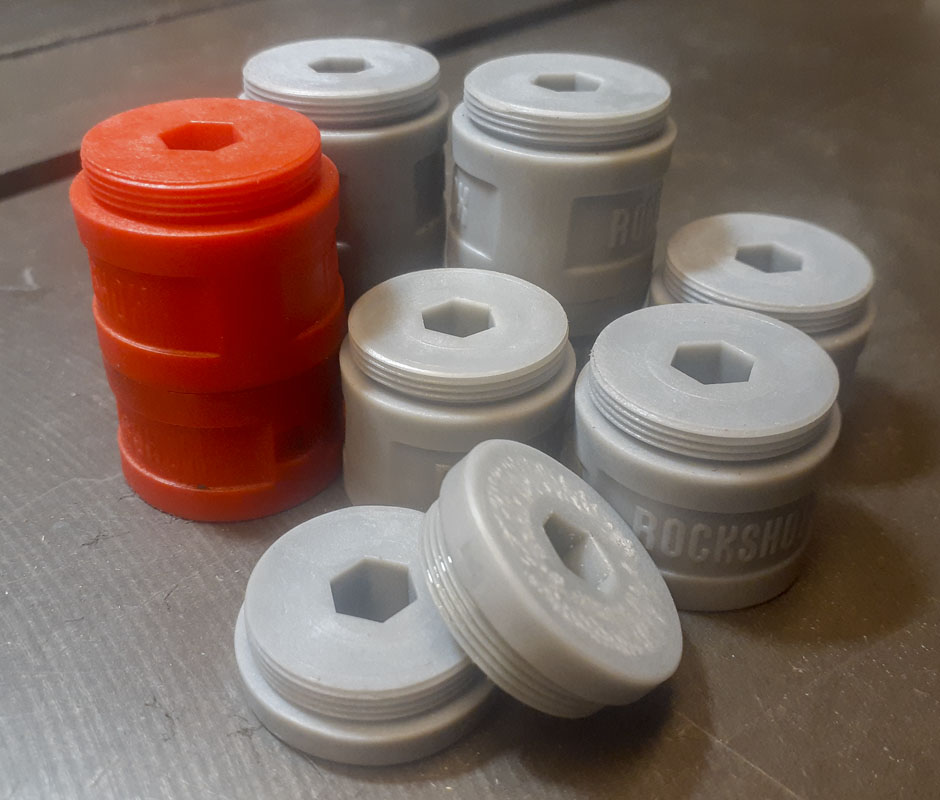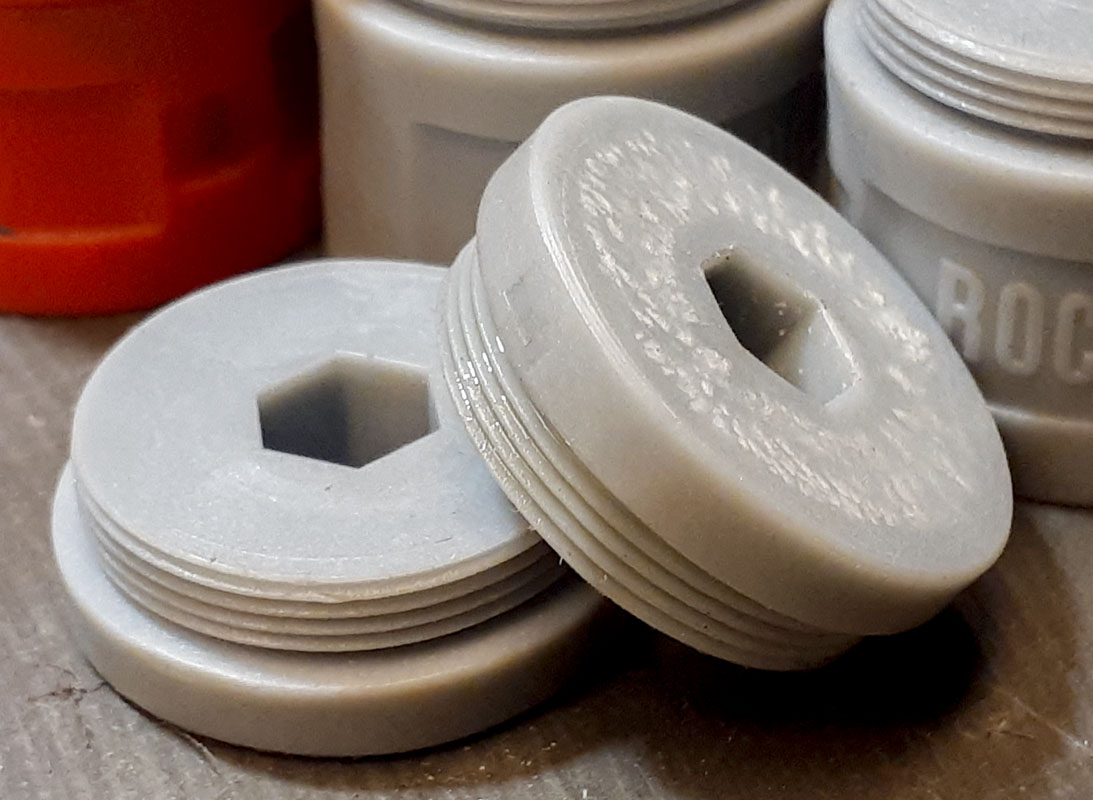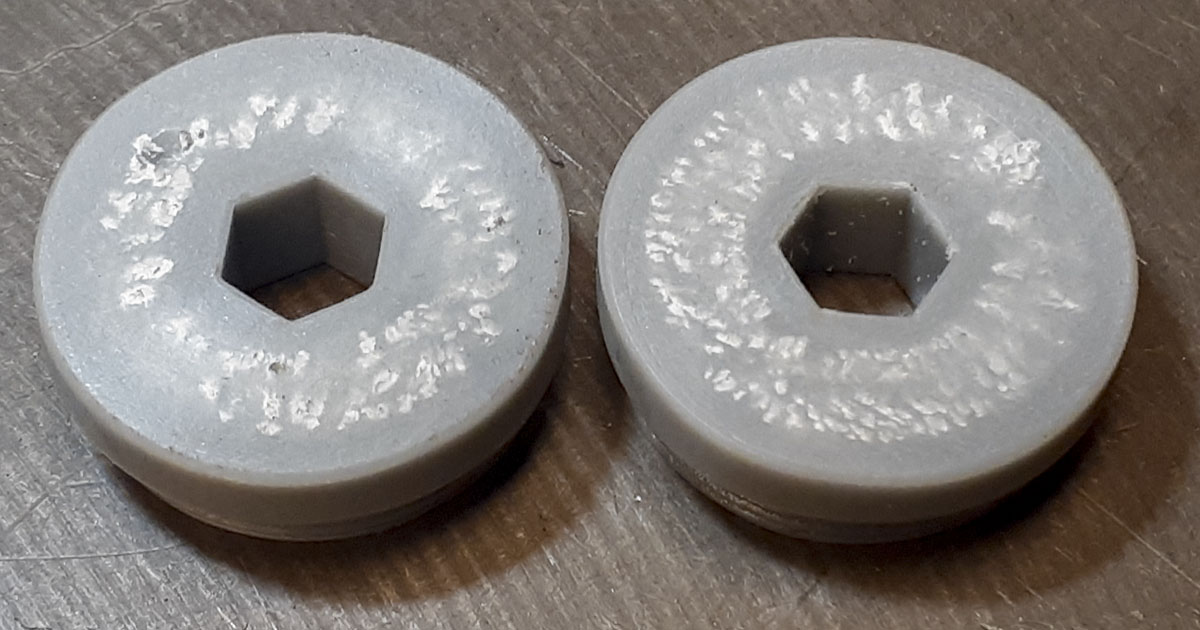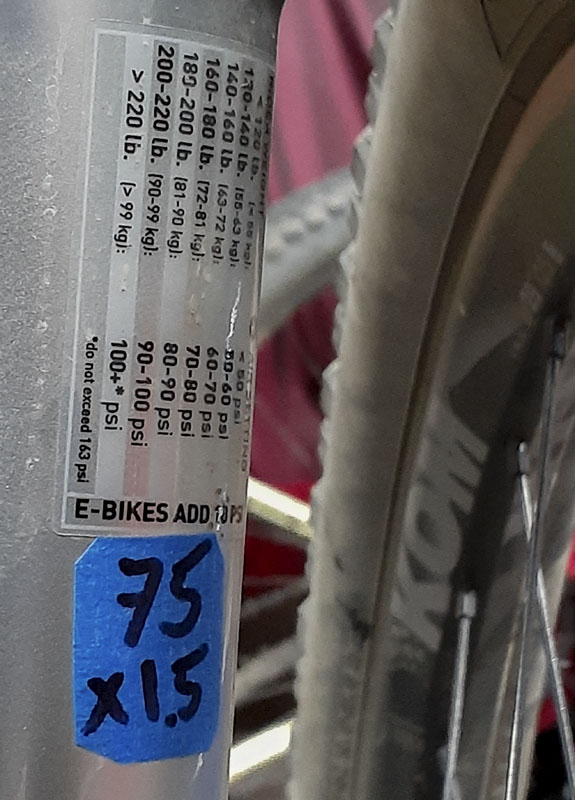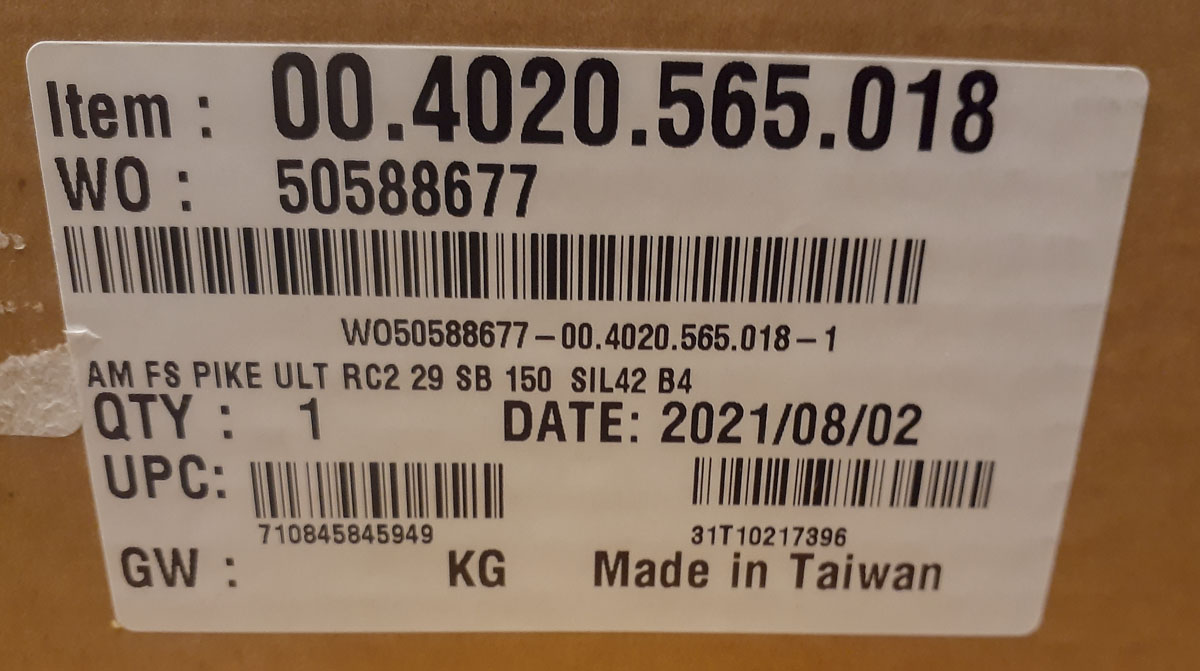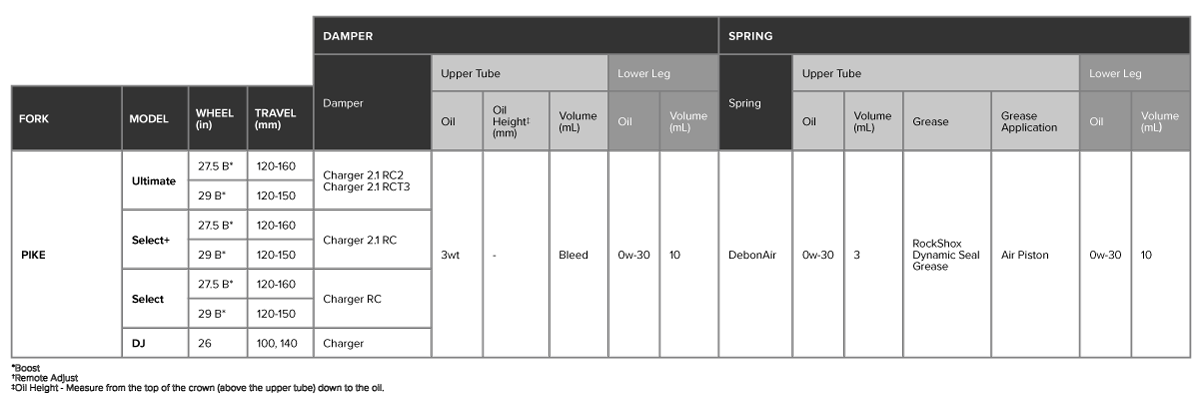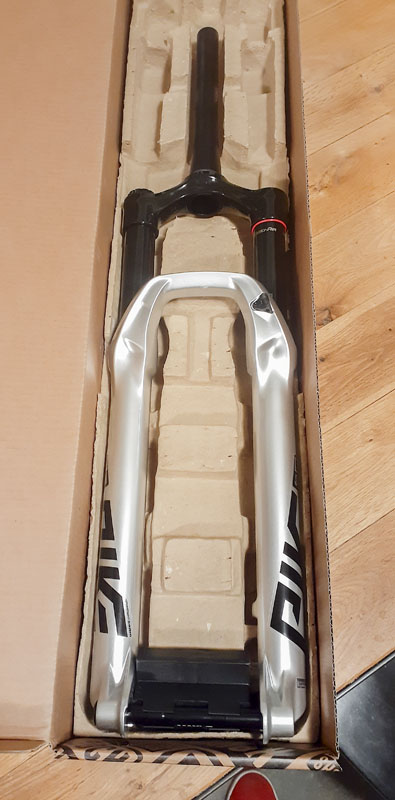I’ve been tuning the fork on my 2022 MiG-31 Firefox. It’s a RockShox Pike Ultimate RC2 150/42 B4. Nothing fancy in terms of tune at this point but sorting the spring side for now. It’s such a nice little fork.
I’m 218 pounds and riding on gnar Marin singletrack with this hardtail. I’ve been tuning the fork for optimal performance on these trails. I want something that’s very plush as I hammer narrow singletrack at speed but will also allow me to hit four foot drops and deep chunk. Marin is a great place to ride but massive amplitude is far between. Generally, we are hauling ass or plowing chunky rock and root gardens on steep slopes. This is supposed to be an XC bike that can take a hit. Still, optimized for trail and some use of high speed compression when things get nuts.
This is a little fussy but not impossible. The shorter the travel a fork has the more challenging it is to get right. The 180mm forks that I’ve been using are quick to set up. This one, not so much. When all you have is 150mm, every bit of it has to work well.
The fork arrived out of the box without any tokens inside and two in a parts bag.
RockShox does provide an online tuning guide but it’s essentially useless at it assumes an antiquated weight distribution, ease, and it bias toward safety and not performance. It also seems like the tuning guidelines on the fork and in print would be for use without any bottomless tokens in place. We generally ignore this stuff.
I’m at about 75 psi in the fork with 2 bottomless tokens. This is well below the 100 psi recommended in the SRAM documents. I tried a single token but it didn’t seem like it was enough. With two tokens, it seems like it’s just too much. I feel what I need is a 1/2 token.
Cutting down a token is easy, it’s just plastic. The problem? What is half the volume? These are the grey tokens that are used in most forks with the 27mm x 1.0 threading.
I could have just done this by grinding the token down to be half the mass, but where’s the fun in that when we have computers. To figure this out, I made a detailed 3D solid model of the token and cut it in the computer until it was 1/2 the volume. Basically, cut the 20mm section down to 4.95mm and you got it, from 10,859 mm^3 to 5,430 mm^3.
The issue that we have here, and that may be important for SRAM/RockShox to pay attention to, is that simply cutting these bottomless tokens down isn’t without issue. The plastic itself is not homogenous and has pockets hidden within them. These will have some effect on the math or weight calculation. Still, this isn’t such a precision science where this will matter any. It just looks a bit terrible in the system.



